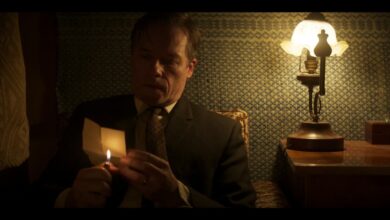Scientists find way to see the beginnings of the universe

Scientists have found a way to see into the very beginnings of the universe.
New research has discovered a way to “look” through the fog of the early universe and see light as it comes from the first stars and galaxies in the cosmos.
Looking deep into the universe allows scientists to, effectively, travel back in time: looking at the most distant parts of the cosmos means seeing light that came from its very beginnings, allowing us to see the universe as it begins.
But doing that is difficult. The view is clouded by a fog: thick clouds of hydrogen as well as the distortion from other signals that can get in the way of the distant ones that scientists are looking for now.
It means that, though scientists know a good amount about the Big Bang and the very beginning of the universe and how stars evolve latter in their life, the time between is still largely mysterious. Scientists still know relatively little about the “first light” of the cosmos, when the stars and galaxies started switching on.
Now researchers from the University of Cambridge say they have found a new method that will allow them to see through all that noise, and find the objects they are actually looking for.
Using the technique, astronomers will be able to observe the earliest stars as they interact with those hydrogen clouds. Scientists liken it to working out a landscape by looking how its shadows appear in the fog.
To create the new methodology, scientists combined a range of techniques from different fields. It allows them to split cosmological signals from interference, separating the two and allowing researchers to analyse the space objects specifically.
Scientists hope that it will make for better observations when we get the first results back from the Radio Experiment for the Analysis of Cosmic Hydrogen, or REACH, experiment.
“At the time when the first stars formed, the Universe was mostly empty and composed mostly of hydrogen and helium,” said Eloy de Lera Acedo from Cambridge’s Cavendish Laboratory, the paper’s lead author.
“Because of gravity, the elements eventually came together and the conditions were right for nuclear fusion, which is what formed the first stars. But they were surrounded by clouds of so-called neutral hydrogen, which absorb light really well, so it’s hard to detect or observe the light behind the clouds directly.”
The difficulties were made clear when, in 2018, scientists reported that they could have seen the first light switches on in the universe. But astronomers have found it difficult to replicate the result, and suspect the findings might have come from the interference in the telescope.
But now, with the new method, scientists might be able to find the answer once and for all. “If we can confirm that the signal found in that earlier experiment really was from the first stars, the implications would be huge,” said Dr de Lera Acedo.
The new method is described in a paper, ‘REACH: Radio Experiment for the Analysis of Cosmic Hydrogen’, published in Nature Astronomy today.





